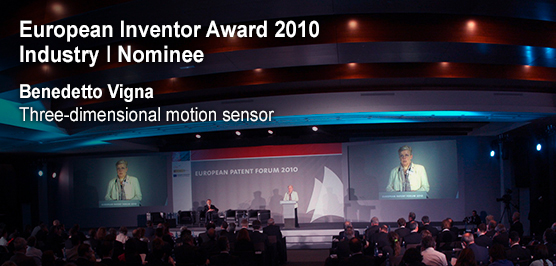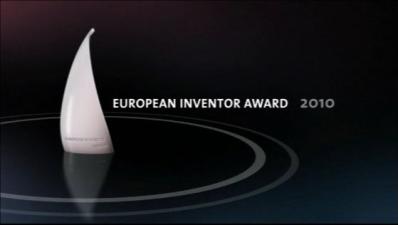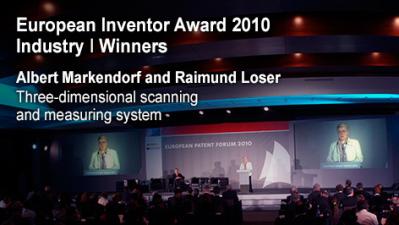Benedetto Vigna
Three-dimensional motion sensor
The latest trend in video games is called "motion control". Players can control their games by waving the controllers through the air like a sword or a tennis racket. Inside the controllers, tiny sensors transmit the movements to the game system.
Leading the market for motion-controlled video-game systems is the Wii console from Japanese company Nintendo. Since its launch in 2006, the Wii has sold over 67 million units worldwide. It is the fastest-selling video-game system in history.
A little known fact: the Nintendo Wii is actually powered by technology from Europe. Its motion control sensor is the invention of Benedetto Vigna, a scientist working for the Switzerland-based company STMicroelectronics (ST), one of Europe's leading electronics and semiconductor manufacturers.
When Benedetto Vigna joined ST at its headquarters in Geneva in 1995, motion control sensors still had a long way to go. Sensors detecting motion in two dimensions had already been incorporated into automobile air-bag systems. But three-dimensional motion - like in a video game - still required large and expensive sensors.
That was about to change: Benedetto Vigna led a research team that focused on bringing down the size and cost of these microelectromechanical systems (MEMS). In 2001, they developed an inexpensive sensor that detected motion in three dimensions, at reduced size and increased sensitivity.
The result was a three-dimensional motion sensor with low overall costs, paving the way for usage in everyday consumer products. Enter Nintendo: in 2005, the Japanese gaming giant was working on a follow-up to its popular Game Cube system.
The new system, launched in 2006 as the Nintendo Wii, was to take video gaming to a new level - with motion control based on inexpensive ST sensors. Consumers loved it: in February 2010, the Wii became the best-selling home-video system worldwide. ST is now a major player on the world market, thanks to MEMS like the Wii sensor.
The sensors are used in a wide variety of application fields in different industries. Hundreds of millions of MEMS components are in service, supporting adaptive and interactive features in consumer products such as smart-phone handsets, GPS devices, portable computers, game controllers, automotive subsystems, and industrial, medical, and scientific equipment.
From dishwashers that can regulate water consumption to portable medical diagnostic devices, MEMS is opening up new opportunities across different industries.
The company reported 50 000 employees and revenues of over $8.5 billion in 2009. The world market for MEMS is currently estimated at around $7.6 billion and is projected to reach $13.2 billion in 2014.
Benedetto Vigna's research team at ST has developed into a $200 million business division, headed by the inventor. The 43-year-old is currently working on making the sensors even smaller and cheaper for futuristic applications: one day, experts say, motion sensors could even make it into people's clothes.
Media gallery
Contact
European Inventor Award and Young Inventors Prize queries:
european-inventor@epo.org Subscribe to the European Inventor Award newsletterMedia-related queries:
Contact our Press team#InventorAward #YoungInventors




